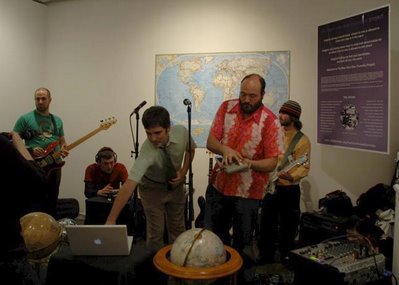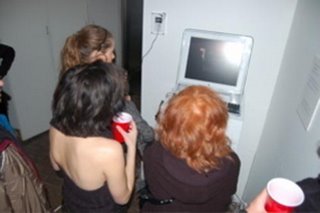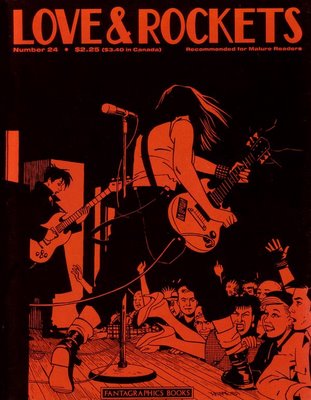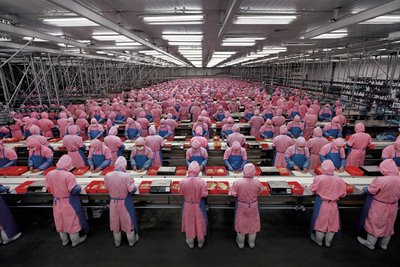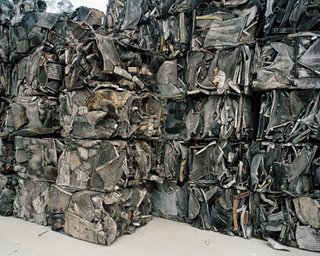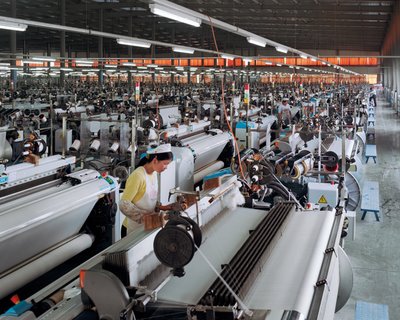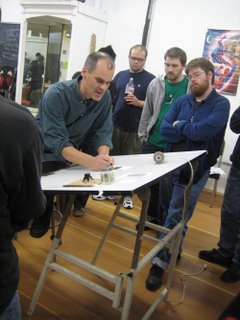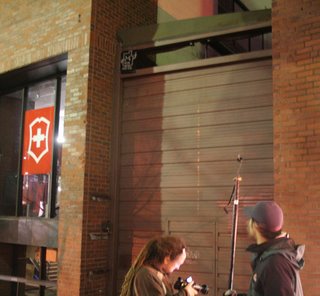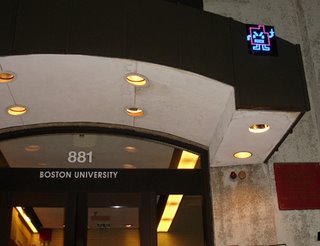Norden named advisor to Whitney Biennial
Linda Norden of Newton, Massachusetts, has been named one of three outside advisors to the curators at New York’s Whitney Museum who are putting together its 2008 Biennial.
Norden, who grew up in New York, was associate curator of contemporary art at the Harvard University Art Museums from 1998 to October 2006. She arrived here after teaching for six years at Bard College’s Center for Curatorial Studies.
The Whitney describes the Biennial as its “signature survey measuring the mood of contemporary American art.” This grand ambition helps make it one of those shows people love to criticize. “No matter what you do people are going to love it and hate it,” Norden tells me. “You’re not going to do it because you’re going to get a lot of acclaim.”
But she’s excited and fascinated by the challenge of trying to put together a survey about the art of this moment when, as she sees it, art is in a “period of transition” with “no sense of clear direction.”
Norden had a hit with a show of Ed Ruscha’s painting that she organized for the 2005 Venice Biennale, which later traveled to the Whitney. Since leaving Harvard last fall she’s been freelance curating and writing (including drafting a catalogue essay for a Roni Horn retrospective in Iceland), in between looking for a more steady gig.
Whitney curators Henriette Huldisch and Shamim Momin lead the Biennial project, scheduled to open in March 2008, with guidance from the museum's chief curator, Donna De Salvo. In addition to Norden, they’ll be seeking outside advice from Thelma Golden, director of the Studio Museum in Harlem, and Bill Horrigan, director of the media arts department at the Wexner Center in Ohio.
Norden, who grew up in New York, was associate curator of contemporary art at the Harvard University Art Museums from 1998 to October 2006. She arrived here after teaching for six years at Bard College’s Center for Curatorial Studies.
The Whitney describes the Biennial as its “signature survey measuring the mood of contemporary American art.” This grand ambition helps make it one of those shows people love to criticize. “No matter what you do people are going to love it and hate it,” Norden tells me. “You’re not going to do it because you’re going to get a lot of acclaim.”
But she’s excited and fascinated by the challenge of trying to put together a survey about the art of this moment when, as she sees it, art is in a “period of transition” with “no sense of clear direction.”
Norden had a hit with a show of Ed Ruscha’s painting that she organized for the 2005 Venice Biennale, which later traveled to the Whitney. Since leaving Harvard last fall she’s been freelance curating and writing (including drafting a catalogue essay for a Roni Horn retrospective in Iceland), in between looking for a more steady gig.
Whitney curators Henriette Huldisch and Shamim Momin lead the Biennial project, scheduled to open in March 2008, with guidance from the museum's chief curator, Donna De Salvo. In addition to Norden, they’ll be seeking outside advice from Thelma Golden, director of the Studio Museum in Harlem, and Bill Horrigan, director of the media arts department at the Wexner Center in Ohio.





